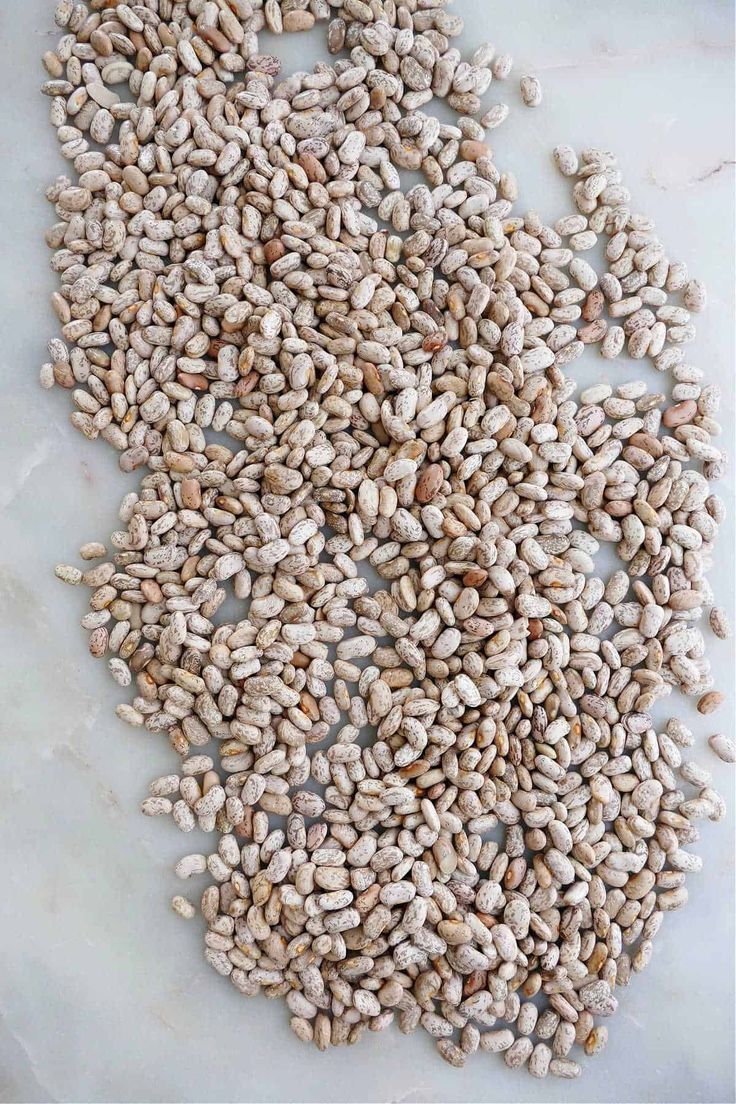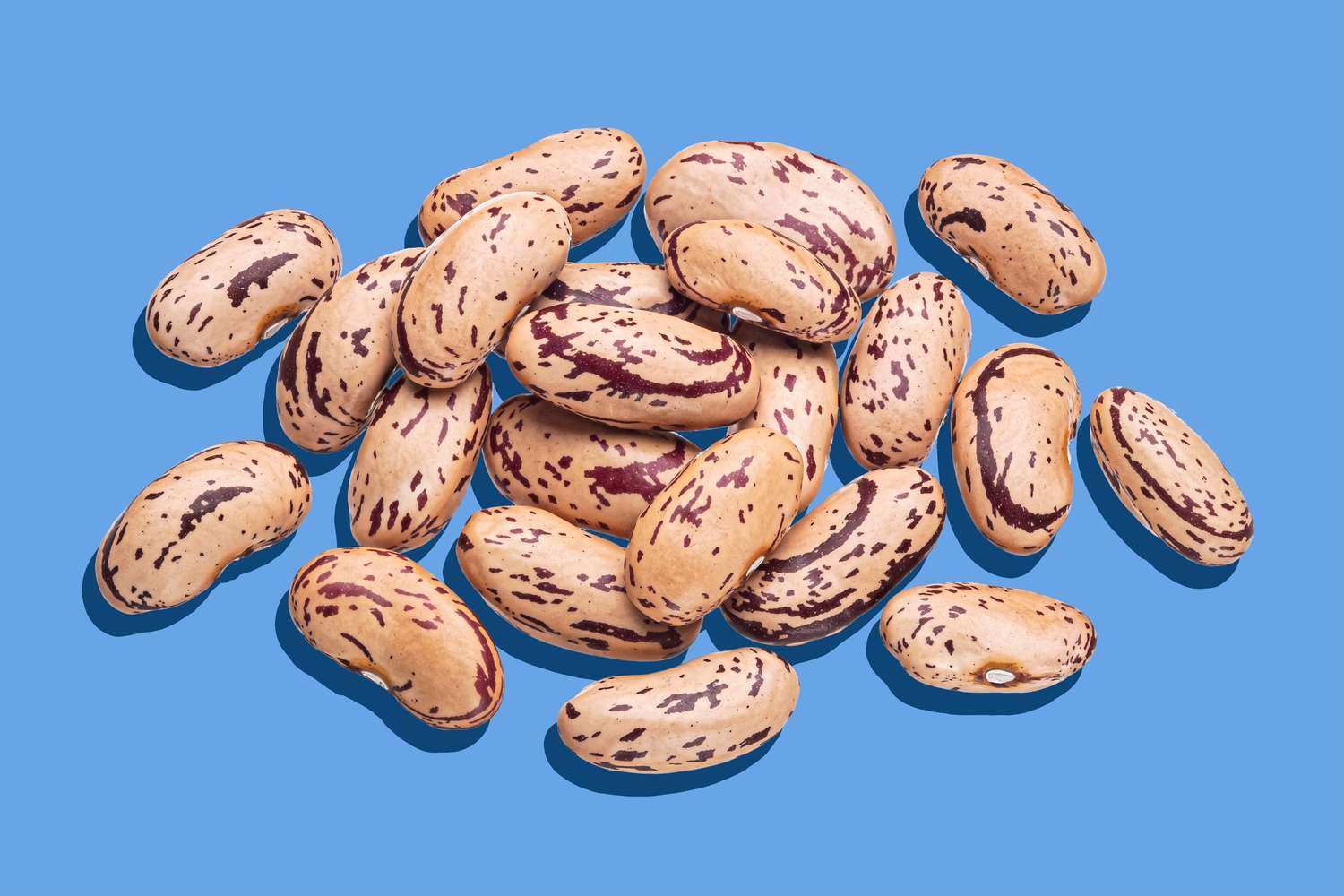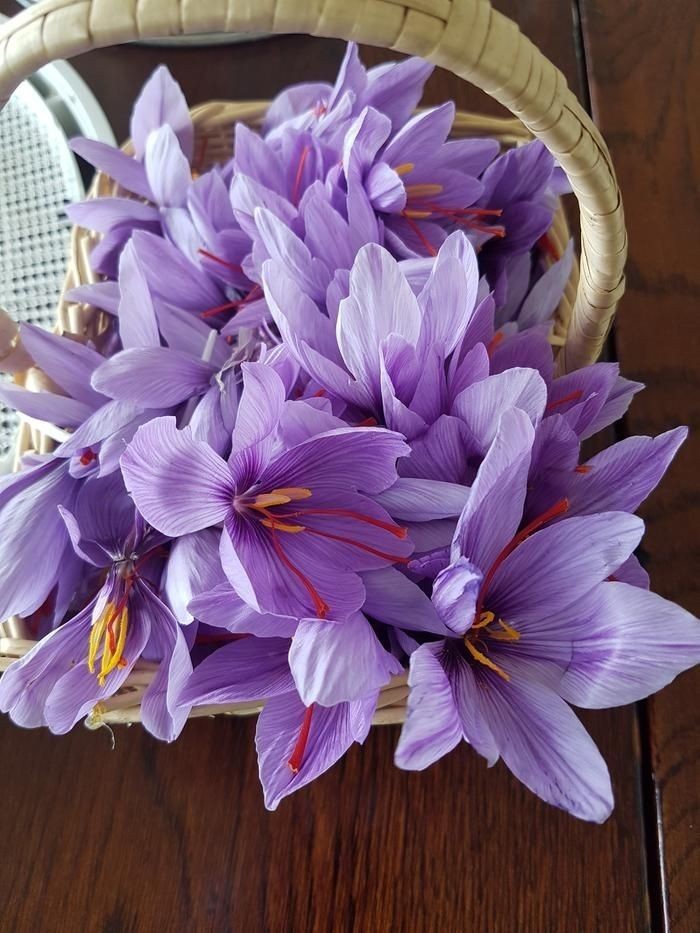Categories
The latest content
-

Customs Clearance & Import Regulations for Bulk Iranian Pinto Beans in EU, Middle East & Africa
..
-

Quality Control & Laboratory Testing Standards for Iranian Pinto Beans
..
-

Logistics & Shipping Solutions for Bulk Iranian Pinto Bean Exports
..
-

Minimum Order Quantity (MOQ) & Bulk Pricing for Iranian Pinto Bean Buyers
..

Tags
How to Choose the Right Iranian Barberry Type for Your Market?

Iranian barberries, known locally as Zereshk, are among the most unique and high-value superfoods exported from Iran to international markets. With their bright red hue, tangy flavor, and nutritional richness, they have found their way into culinary industries, health food brands, and gourmet stores across Europe, the Middle East, and Asia.
But with multiple varieties of Iranian barberries available, each with different flavor profiles, colors, and moisture levels, the key question for importers and distributors is:
Which type of Iranian barberry best suits your market and target customers?
Let’s break it down.
1. Understanding the Main Types of Iranian Barberries
Iran is the world’s leading producer of barberries, and most exports come from the South Khorasan Province, especially the city of Qa’en. The three major export varieties are:
A. Puffed Barberry (Pofaki Zereshk)
• Appearance: Bright red, larger, and slightly glossy
• Processing: Naturally dried in shade (not under the sun), allowing berries to puff up and retain their full shape
• Flavor: Mildly tart and pleasantly fruity
• Best for: Retail packaging, luxury gift boxes, confectionery, and upscale culinary markets
• Key export markets: Germany, UAE, Japan, and France
Puffed barberries are considered the premium grade, visually attractive and often sold at higher prices due to their labor-intensive drying process and superior appearance.
B. Seedless Barberry (Anari Zereshk)
• Appearance: Smaller, darker red, and less uniform in shape
• Processing: Sun-dried, giving them a stronger tangy flavor and deeper color
• Flavor: More acidic and concentrated
• Best for: Food industry use — sauces, jams, bakery, energy bars, and cooking ingredients
• Key export markets: Turkey, Iraq, Russia, and India
This variety is more affordable than Puffed barberry, making it a preferred choice for wholesalers, manufacturers, and food processors.
C. Black Barberry (Zereshk-e-Siah)
• Appearance: Dark purple to black, smaller in size
• Processing: Naturally grown in limited areas; less common and mainly organic
• Flavor: Sweet-tart, with unique antioxidant properties
• Best for: Health food markets, nutraceutical companies, and organic product retailers
• Key export markets: Scandinavian countries, UK, and Canada
Though less known globally, Black barberry is gaining attention as a functional food ingredient in high-end health brands and organic stores.
2. Factors to Consider When Selecting Barberry for Your Market
Choosing the right type depends on several market-specific factors:
A. Consumer Taste Preferences
Different regions have varying taste expectations:
• Europe: Prefers milder, visually appealing varieties (Puffed) for premium markets.
• Middle East: Values deeper color and strong tart flavor (Seedless).
• Asia: Increasing demand for natural antioxidants and health-oriented berries (Black).
Understanding these taste patterns helps importers tailor their product portfolio for maximum acceptance.
B. Intended Application
The end use determines which variety to select:
Application / Recommended Variety '/ Notes
Retail & Gift Packs / Puffed Barberry / For luxury branding and shelf appeal
Food Processing / Seedless Barberry / Ideal for jams, juices, sauces
Health & Organic Stores / Black Barberry / High in antioxidants and anthocyanins
C. Price Range & Customer Segment
Puffed barberries, being hand-processed, command higher prices (up to $8,300/MT CIF Europe), whereas Seedless barberries range around $5,500–$6,500/MT. Black barberries are niche products, typically $7,300+/MT due to low production volume.
Distributors targeting premium grocery chains should focus on Puffed and Black barberries, while industrial importers can achieve better margins with Seedless grades.
D. Packaging & Labeling Preferences
Markets with strict retail standards, such as the EU and Japan, require:
• Multilingual labeling (English, German, or French)
• Nutritional facts panel
• Origin certification (“Product of Iran”)
• Batch number and best-before date
Tamila Agrifood customizes packaging — from bulk 10–12.5 kg cartons to retail-ready pouches (250g–1kg) — according to market regulations.
3. Market Insights: Where Each Type Performs Best
Region / Preferred Type / Main Use Growth Trend
Germany & France / Puffed Barberry / Gourmet & pastry Growing
UAE & Saudi Arabia / Seedless Barberry / Traditional dishes Stable
UK & Canada Black Barberry / Health products / Emerging
Turkey & Iraq / Seedless Barberry / Bulk food use / High volume
By aligning product selection with market trends, importers can increase profitability and strengthen their supply chain resilience.
4. Quality Assurance and Certifications
Regardless of variety, quality consistency determines long-term success in export markets. Tamila Agrifood ensures all shipments meet:
• ISO 22000 & HACCP food safety standards
• Phytosanitary Certificates for plant health compliance
• Halal Certification for Muslim markets
• Organic Certification (on request for EU buyers)
Every batch undergoes laboratory testing for moisture, aflatoxin, pesticide residue, and microbial safety before export.
5. Logistics and Shelf Life Considerations
Each variety has different storage and shipping needs:
• Puffed Barberry: Sensitive to humidity; requires cold-chain shipping (+2°C to +6°C)
• Seedless Barberry: Can be shipped in standard containers if properly sealed
• Black Barberry: Must be stored in low-light, low-humidity conditions to preserve antioxidants
Tamila Agrifood’s reefer container logistics system ensures the berries reach your warehouse with full freshness and color retention.
6. How Tamila Agrifood Helps You Choose the Right Variety?
Our export team assists global buyers in:
Selecting the ideal barberry type for your target market
Customizing packaging and labeling
Providing samples for quality evaluation
Managing end-to-end logistics and documentation
With over a decade of experience in agro-export management, Tamila Agrifood bridges Iranian farmers with international importers, ensuring consistency, reliability, and superior quality.
Conclusion
Selecting the right Iranian barberry variety isn’t just about flavor, it’s about understanding your market’s culture, culinary habits, and pricing dynamics.
At Tamila Agrifood Company, we guide you through every step, from sampling and grading to packaging and shipment, so your customers experience the authentic, vibrant taste of Iranian Zereshk, perfectly tailored to their market needs.
Email: tamilaagrifood@gmail.com
Phone / WhatsApp for Inquiries: +989141858935



